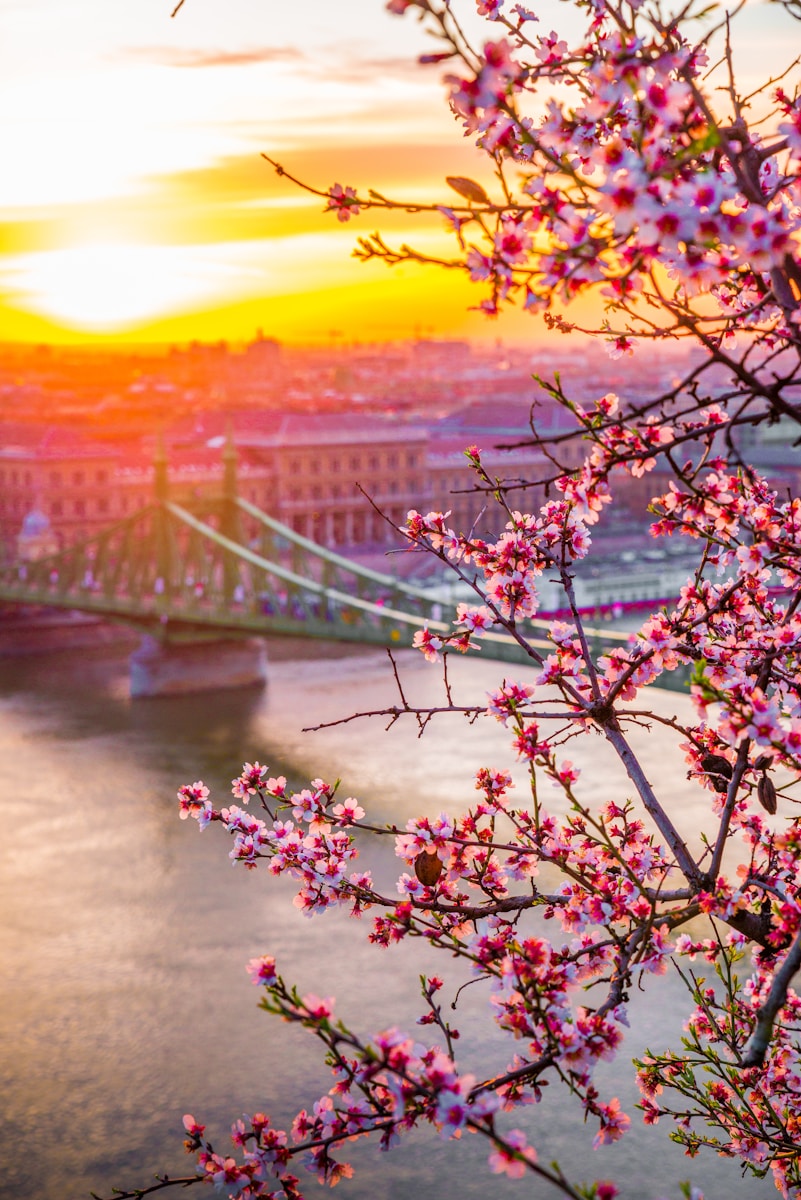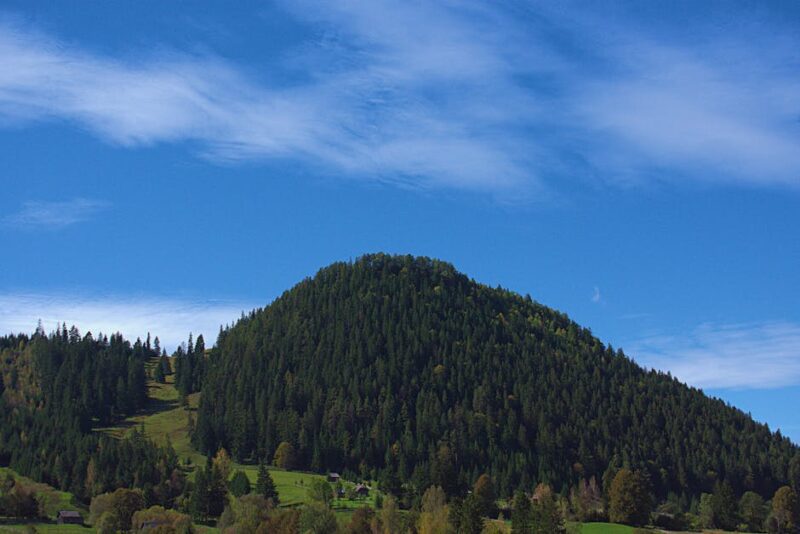Nestled in the heart of Central Europe, Hungary presents a diverse tapestry of experiences that blend rich history with vibrant cultural traditions. The list of things to do in Hungary could go on forever. Travelers can immerse themselves in the country’s enchanting landscapes, ranging from the bustling streets of Budapest to the serene expanses of its countryside. The architectural splendor of Hungary’s palaces and castles charts a timeline of Europe’s complex past, while its thermal baths offer an indulgent respite that has been enjoyed since Roman times. In this post, we try to narrow down some of the top things to do in Hungary.
Table of Contents
ToggleTop Things to Do in Hungary: Overview
The Hungarian experience is further enriched by traditional folk music and dance, particularly in its rural areas, reflecting a deep connection to the nation’s heritage. Culinary adventurers will savor Hungary’s unique flavors, marked distinctly by the nation’s love for paprika and hearty comfort dishes. Whether one is seeking the grandeur of historic monuments, the tranquility of natural wonders, or the joyous ambiance of festivals celebrating everything from wine to baroque music, Hungary serves as an emblematic destination that promises a memorable sojourn for every kind of traveler.
Top Things to Do in Hungary: Exploring Budapest
Budapest, the heart of Hungary, offers a compelling mix of history, architecture, culture, and relaxation. Dive into its charming streets to experience everything from the grandeur of the Hungarian Parliament Building to the soothing waters of its famous thermal baths.
Budapest’s Iconic Parliament Building
The Hungarian Parliament Building is a striking example of Gothic Revival architecture. With its commanding presence along the banks of the Danube River, it’s not only a key political landmark but also a must-see for its intricate design and the Holy Crown of Hungary on display.
The Historic Castle Hill
Castle Hill is a treasure trove of historical sites, with the Buda Castle, Fisherman’s Bastion, and the Matthias Church offering a glimpse into the nation’s storied past. You can ascend the hill by funicular, enjoying sweeping views of Pest across the river.
Strolling Along the Danube
The Danube, Europe’s second-longest river, flows majestically through Budapest. A leisurely walk across the Chain Bridge provides panoramic views of Buda and Pest, while a boat ride offers a unique perspective of the city’s landmarks, especially enchanting during a night tour.’
Dining in the Capital
Hungarian cuisine is a central part of Budapest’s allure. Sample traditional dishes like goulash or indulge in the country’s penchant for paprika at one of the city’s esteemed restaurants.
Cultural Venues and Museums
Budapest’s art and history are showcased through numerous institutions, from the haunting House of Terror detailing Hungary’s turbulent 20th century, to the esteemed National Gallery housing masterpieces within the palatial walls of Buda Castle.
Vibrant Nightlife and Entertainment
Budapest is renowned for its vibrant nightlife and entertainment options. From bustling ruin bars in the old Jewish quarter to classical music performances, the city has something to cater to every taste.
Thermal Baths and Wellness
As a renowned spa town, Budapest’s thermal baths, like Széchenyi and Gellért, offer a restorative experience. These spas are not just about relaxation but also about soaking in the stunning architecture and the historical significance that has flowed through their thermal waters for centuries.
Unique Shopping Experiences
Finally, shopping in Budapest ranges from the Central Market Hall with its plethora of Hungarian delicacies and spices to smaller shops selling souvenirs and traditional crafts. Whether looking for unique fashion or quaint keepsakes, shopping here reflects the city’s rich cultural tapestry.
Top Things to Do in Hungary: Delving into Hungarian History
Hungary’s past is rich with tales of conquests, religious significance, and pivotal role in European history. This section offers a glimpse into historical sites and moments that shaped Hungarian culture and heritage.
Historic Town of Eger
The town of Eger is notable for its historical significance and numerous preserved structures. At the heart lies Eger Castle, a fortress with a storied past of repelling Ottoman invasions. Today, its courtyards and museums serve as windows into Eger’s valorous history.
Esztergom: The Seat of Catholicism
Esztergom holds a special place in religion with the astounding Esztergom Basilica, the largest church in Hungary, seated majestically by the Danube River. As a significant ecclesiastical center, the basilica’s grandeur and historical chapels reflect the Catholic Church’s prominence in Hungary.
Royal Memories in Visegrád
Visegrád, once the seat of Hungarian royalty, boasts remnants of regal past through the Visegrád Royal Palace. Amongst rolling hills and the Danube’s curve, one can explore its revitalized palatial complex, revealing insights into Hungary’s medieval history.
The Ottoman Legacy in Pécs
Pécs testifies to the diverse cultural impact left by the Ottoman Empire, and is recognized as a UNESCO World Heritage site. It is home to Pécs Cathedral and several Ottoman-era structures, merging the fabric of Eastern and European influences into its very streets.
Jewish Heritage in Sopron
In Sopron, the imprint of Jewish heritage bears significantly, with synagogues standing as a testament to the community’s historical presence. Memories of resilience during World War II permeate throughout the city, marking it as a keeper of poignant Jewish history.
Top Things to Do in Hungary: Natural Wonders of Hungary
Hungary is home to an array of natural wonders, from the serene expanses of Europe’s largest freshwater lake to the intricate underground world of caves. These sites not only offer breathtaking natural beauty but also a glimpse into diverse ecosystems.
Tranquility at Lake Balaton
Lake Balaton is a cornerstone of natural splendor, proudly standing as Central Europe’s largest freshwater lake. Its shores, particularly in the town of Tihany, provide panoramic views and a peaceful retreat with a rich array of flora and fauna. The lake’s surrounding areas, like Balatonfüred, offer both relaxation and a deep dive into Hungary’s natural allure.
Diverse Biosphere of Hortobágy
The Hortobágy National Park represents a vast semi-natural grassland ecosystem that has been preserved over centuries. Notable for its traditional shepherd life, the park is also a sanctuary for wildlife including the robust water buffalo. It’s a living museum of natural beauty interspersed with cultural significance.
Cave Exploration in Aggtelek
Venture beneath the earth’s surface at Aggtelek National Park, where the renowned Baradla Cave invites exploration. Visitors can marvel at the intricate stalactite formations and even experience a unique thermal water experience at the Cave Bath, also known as Miskolctapolca.
Mountain Adventures in Bükk
The Bükk Mountains beckon hikers and nature lovers alike. The sprawling forests of these ranges hide quaint retreats like Lillafüred, a town acclaimed for its serene environment and hiking trails that wind through richly diverse woodlands. The mountains offer an escape into Hungary’s rugged, yet accessible, mountainous terrain.
Top Things to Do in Hungary: Cultural Insights and Traditions
Hungary offers a rich tapestry of cultural traditions and insights, deeply woven into the fabric of its towns, festivals, and everyday life. Here, you can step back in time to immerse yourself in centuries-old customs and celebrate the country’s heritage through music, art, and viniculture.
Folk Traditions in Hollókő
The small village of Hollókő, a UNESCO World Heritage site, represents the preservation of rural life and folk traditions. Visitors can experience authentic folk music and see time-honored handicrafts in action. During Easter, the village comes alive with traditional festivities, adding an immersive dimension to the cultural heritage of Hungary.
Witnessing Traditional Crafts
In Hungary, traditional crafts are not just a window into the past but a living art. Throughout the country, especially at festivals, one can witness artisans skillfully creating folk art that reflects the nation’s spirit. Handmade items include intricate embroidery, pottery, and woodworking, each piece a testament to Hungary’s enduring artistic legacy.
Wine Regions and Tastings
The wine regions of Hungary, like Tokaj, Eger, and Badacsony, are celebrated for their contribution to the world of viniculture. Wine tastings in historic wine cellars provide an insight into the sophisticated wine-making heritage. Visitors can explore this aspect of Hungarian culture by engaging in tastings and learning about the time-honored traditions of viticulture.
Through its vibrant festivals, commitment to preservation, and the sharing of its vinicultural prowess, Hungary proudly showcases its invaluable cultural assets to the world.
Top Things to Do in Hungary: Monuments and Architectural Marvels
Hungary’s landscape is dotted with monuments and architectural marvels that span centuries and styles. Tourists can explore the grandeur of religious sites, the rich Jewish cultural heritage, and the old-world charm of its castles and fortresses.
St. Stephen’s Basilica: Largest Church
St. Stephen’s Basilica stands as the largest church in Hungary, accommodating up to 8,500 people. It’s not only a place of worship but also a central figure in Budapest’s skyline, with its dome reaching 96 meters, equal in height to the Hungarian Parliament Building as a symbol of the balance between church and state.
Dohány Street Synagogue: Architectural Gem
The Dohány Street Synagogue is an architectural gem that also serves as a poignant reminder of Hungary’s Jewish culture. As the largest synagogue in Europe and the second-largest in the world, it’s a significant site not just for its size but also for the rich history and beautiful Moorish revival architectural style it displays.
Historic Castles and Fortresses
Hungary’s past is etched into its historic castles and fortresses, with the likes of Vajdahunyad Castle and Buda Castle offering a glimpse into bygone eras. The castle district, where Buda Castle sits as the old Royal Palace, provides visitors with a stunning view of the Danube and a journey through Hungary’s storied history.
Top Things to Do in Hungary: Frequently Asked Questions
Visitors often inquire about defining experiences that capture Hungary’s essence, from exploring Budapest’s summer vibe to embracing cultural traditions and pinpointing ideal travel durations.
What are the best things to do in Hungary outside of Budapest?
Hungary’s countryside offers gems like Hollókő, a traditional village recognized by UNESCO, and the historical Eger, known for its castle and thermal baths.
What are the best things to do in Hungary during the summer?
River cruises on the Danube, outdoor festivals, and thermal baths like Széchenyi are among Budapest’s top summer activities.
Can you recommend unique cultural things to do in Hungary?
Immersing oneself in folk traditions, sampling Hungarian cuisine, and attending a classical music concert are ways to experience Hungary’s unique culture.
What are the top things to do in Hungary during the winter season?
Winter travelers should not miss the festive Budapest Christmas markets or the snow-capped peaks of Mátra and Bükk mountains for skiing.
What are the essential things to do in Hungary for first-time visitors?
Iconic sights like the Parliament, Buda Castle, and St. Stephen’s Basilica are essential experiences for first-time visitors to Budapest.
How many days are recommended to fully explore the highlights of Hungary?
To fully appreciate the highlights of Hungary, a stay of at least one week is recommended, with an emphasis on both Budapest and regional attractions.
















